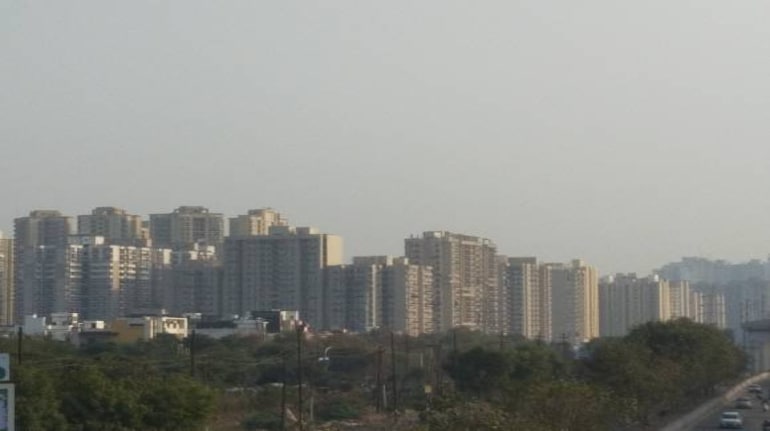



To push demand for affordable housing, Finance Minister Nirmala Sitharaman on May 14 announced a one-year extension of the Credit Linked Subsidy Scheme (CLSS) up to March 2021 and announced a Rs 70,000-crore boost to the residential sector.
The credit-linked subsidy scheme for the middle income group, with an annual income of Rs 6 lakh to Rs 18 lakh was operationalised from May 2017 and extended up to March 2020.
The extension is expected to support first time middle-class homebuyers and stimulates housing demand and ancillary sectors.
The scheme is being extended by one year to benefit 2.5 lakh middle income families, she said, adding it has already benefited 3.3 lakh middle class families so far. “It will create jobs and stimulate demand for steel, cement, transport and other construction materials.”
“The government’s push for affordable housing has been unmistakeable in the last six years. Its Housing for All by 2022 project has already resulted in multiple sops and incentives. As a consequence, there has been a significant increase in activity in affordable segment over the last few years,” Anuj Puri, Chairman – ANAROCK Property Consultants, said.
As per ANAROCK research, there are currently 15.62 lakh under construction units across the top seven cities, of which nearly 39 percent are in the affordable segment, priced less than Rs 40 lakh.
Alok Saraf, Associate Partner, Grant Thornton Advisory Pvt, said the extension of credit linked interest subvention till March 31, 2021 will have a significant impact on the affordable housing segment. "With work from home becoming new normal, this scheme will act as a catalyst for first-time homebuyers to close their buying decision. This will also indirectly create employment opportunities for labourers."
Dhruv Agarwala, Group CEO, Housing.com, Makaan.com and PropTiger.com, said the extension of CLSS by one year will prompt many fence sitters to buy homes at the earliest and thereby increase demand for affordable housing at a time when the industry has maximum unsold inventory across the country. "This will also help sustain employment as real estate supports close to 200 allied industries."
CLSS benefits are divided among four sections - Economically Weaker Section (EWS), Low Income Group (LIG), Middle Income Group - 1 (MIG-I) and MIG - II. Those earning up to Rs 3 lakh, Rs 6 lakh, Rs 12 lakh and Rs 18 lakh a year come under EWS, LIG, MIG-I and MIG-II categories, respectively.
The Credit Linked Subsidy Scheme for the Middle Income Group (CLSS for MIG) was announced by Prime Minister Narendra Modi on December 31, 2016 and extended twice till March 2019. In December 2018-end, the government extended the interest subsidy scheme till March 2020 for first time urban homebuyers with annual income between Rs 6 lakh and Rs 18 lakh.
Under the scheme, first-time homebuyers with an income of up to 18 lakh per annum are funded. Carpet area for these houses was increased to 200 square metres.
In the MIG I category, an interest subsidy of 4 percent is provided on a loan of up to Rs 9 lakh.
In the MIG II category, an interest subsidy of 3 percent is provided on a loan of up to Rs 12 lakh. The benefits usually work up to Rs 2.67 lakh.
Under the Housing for All by 2022 initiative, affordable housing was accorded infrastructure status to ensure that developers in the segment had access to cheaper loans.
Discover the latest Business News, Sensex, and Nifty updates. Obtain Personal Finance insights, tax queries, and expert opinions on Moneycontrol or download the Moneycontrol App to stay updated!
Find the best of Al News in one place, specially curated for you every weekend.
Stay on top of the latest tech trends and biggest startup news.